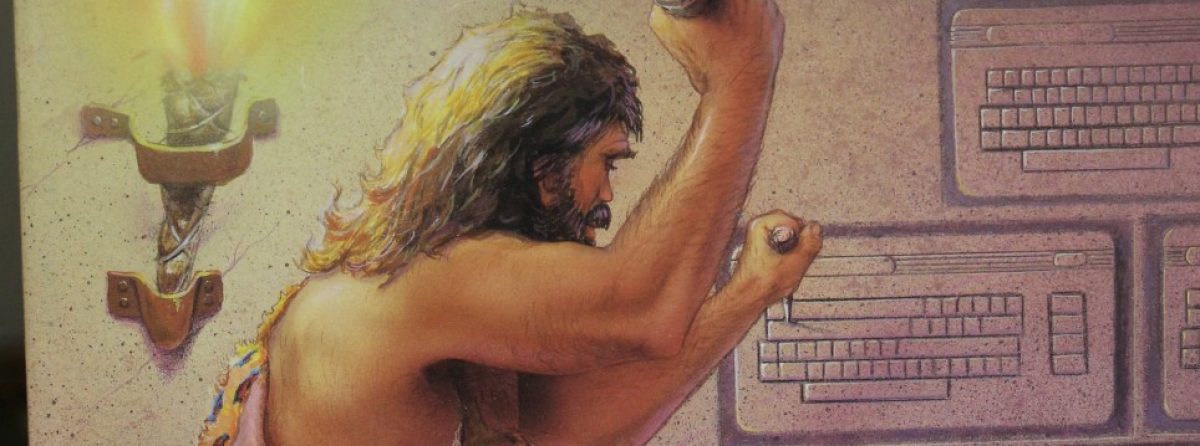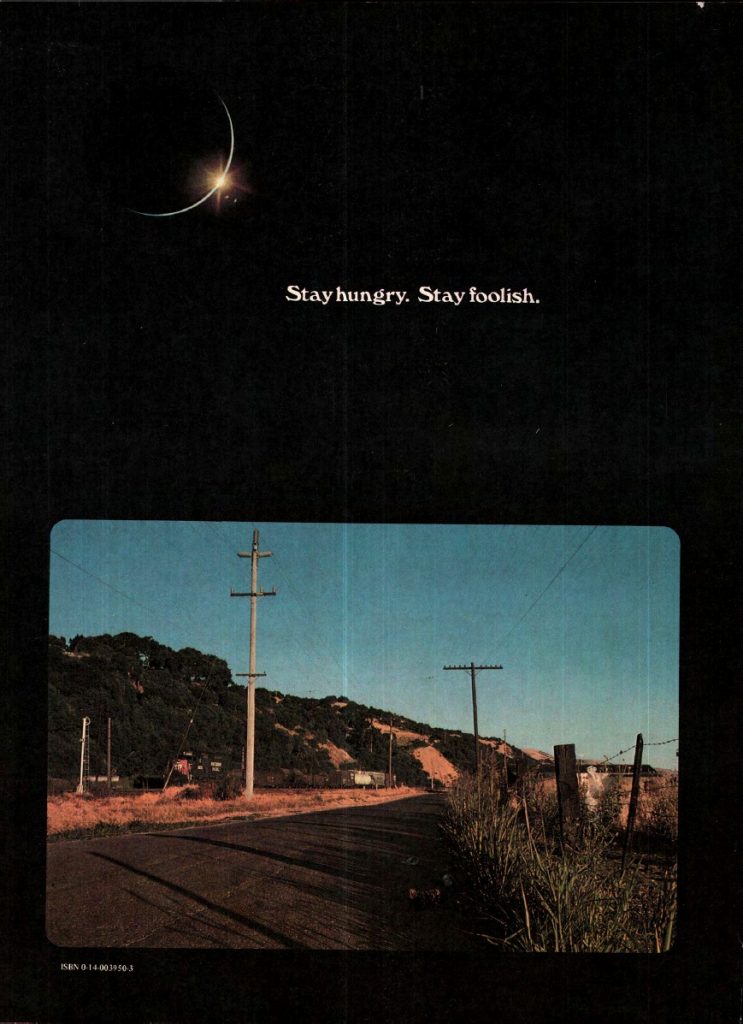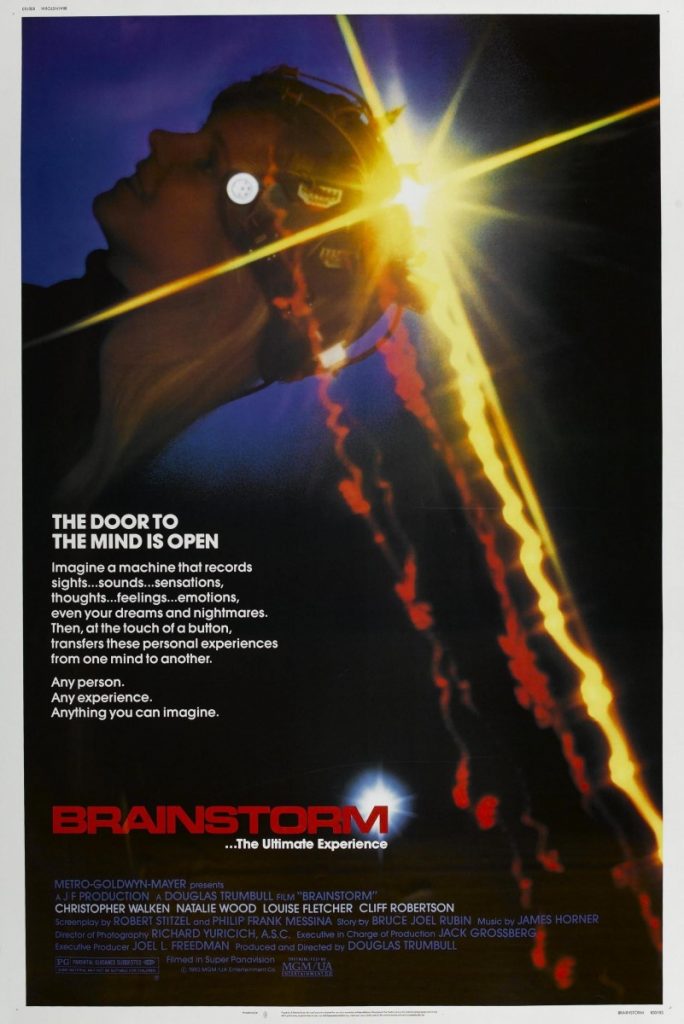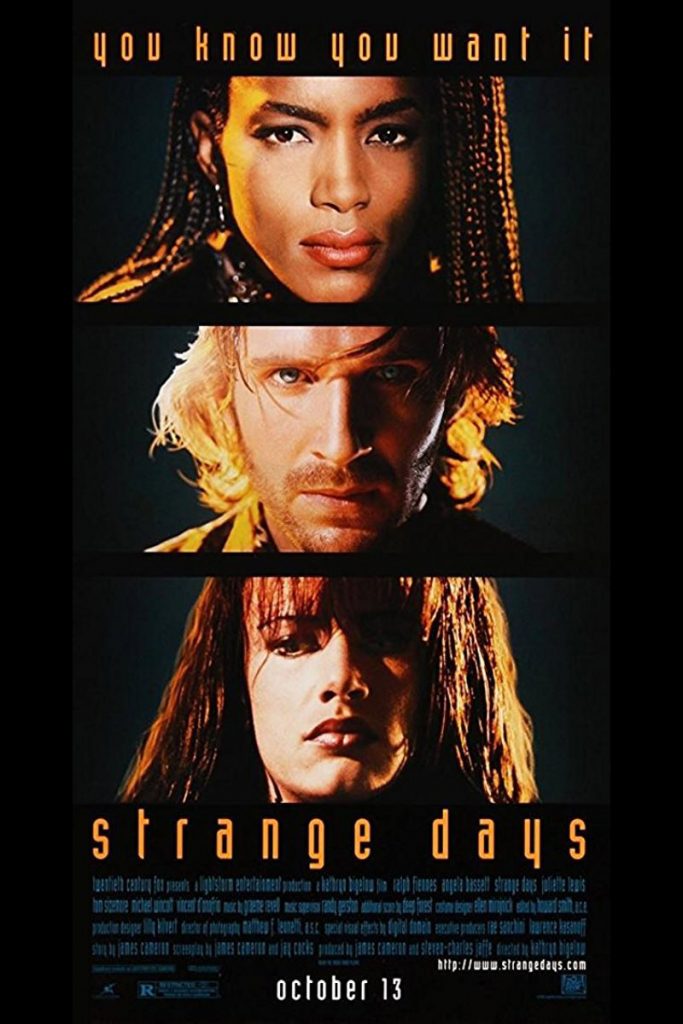Academic misconduct can be less obvious than you think. This workshop will give you practical information to ensure your writing is plagiarism-free. The workshop is April 16, from 1:00-2:00, in Namm 517. No RSVP required
After Class Writing: McNeill and Zuern’s “Online lives 2.0”
After today’s class, write at least 250 words summarizing your reading of McNeill and Zuern’s “Online Lives 2.0.” Of course, highlight those topics that we discuss during the first phase of today’s class before we shift to studio time to work on your projects.
https://en.wikipedia.org/wiki/On_the_Internet,_nobody_knows_you%27re_a_dog
After Class Writing: Galloway’s “What is New Media?”
After today’s class, write at least 250 words summarizing your reading of and today’s lecture on Galloway’s “What is New Media?” Explain the main points that Galloway raises about Manovich’s influential essay that we read for our previous class.
After Class Writing: Manovich’s “What is New Media?”
After today’s class, write at least 250 words summarizing Lev Manovich’s “What is New Media?” and our discussion of it from today’s class. Copy-and-paste your summary into a comment made to this blog post.
After Class Writing: Fred Turner’s “Where the Counterculture Met the New Economy”
Recommended reading: Tom Wolfe’s The Electric Kool-Aid Acid Test > Further > Ken Kesey (One Flew Over the Cuckoo’s Nest) > Merry Pranksters { The Warlocks/The Grateful Dead/John Perry Barlow} | Stewart Brand
Click here to see the Fall 1968 Whole Earth Catalog.
Before we get to the WELL and BBSs, there was Community Memory (located in a record shop).
Go to 14:20 for a demonstration of the WELL.
Click here for Howard Rheingold on the early days of the WELL.
Looper – “Modem Song” lyrics and song:
Poe – “Hello” lyrics and song:
After Class Writing: Lisa Gitelman’s Always, Already New
After today’s class, write a 250-word summary of your reading from Lisa Gitelman’s Always, Already New and our discussion of it during lecture. Think about how Gitelman’s argument connects to the other readings by McLuhan, and Bolter and Grusin. Submit your summary as a comment to this blog post.
Folklore.org: The Original Macintosh
Thomas Edison’s R&D: Edison and Menlo Park
Museum of Art and Design film series on “Plastic Futures and Millennial Tensions.” It includes some great films including Tetsuo II: Body Hammer, The Fifth Element, Hackers, and Strange Days. Student tickets are only $5. More info is available here: https://madmuseum.org/series/plastic-futures-and-premillennial-tensions.
After Class Writing: Bolter and Grusin’s “Remediation”
After today’s class, write at least 250 words summarizing your reading and today’s lecture on Bolter and Grusin’s “Remediation.” Copy-and-paste your writing into a comment made to this blog post.
Also, take every opportunity to catch up on these after class writing assignments. Saving them to do at the end of the semester will be unnecessarily burdensome on yourself and it will provide little of the cognitive effect that doing this work incrementally over the semester will bring.
Some folks might find this essay titled “Radical Mediation” by Richard Grusin useful in their research, too.
Before we talk about the reading, let’s practice some things with Microsoft Word that might be beneficial for your writing in our class and in your other classes. Open this file in class: practice-word.
After Class Writing: Kostelnick’s “Typographical Design, Modernist Aesthetics, and Professional Communication”
The Bauhaus Building, USA Today
Bauhaus’s Interdisciplinary Curriculum in German and English
After today’s class, write at least 250 words summarizing your reading of Kostelnick’s essay and our discussion in class. Post your summary as a comment made to this blog post.
Some reminders:
James Mitchell’s last LinkedIn.com workshop is this Thursday, 1pm – 2pm in the Vorhees Building, V-219. Due to the popularity of the workshop, it is recommended that you bring a laptop if you have one available so that there are more desktop computers to go around.
After-Class Writing: Kittler’s “Gramophone, Film, Typewriter”
Edison’s 1877 Phonograph
Edison’s 1892 Kinetoscope
Hansen Writing Ball
Sholes/Remington Typewriter
Trinity Test
https://nuclearsecrecy.com/nukemap/
After today’s class, write at least 250 words summarizing the reading and our in-class discussion. The important thing is to write down those things that you remember so that you’re re-exposing your mind to the ideas, but more specifically, focus on the keywords and points that we addressed during lecture. There isn’t necessarily a right or wrong answer to your after class writing. It is giving you more writing practice, it gives you an opportunity to grapple with the ideas from the reading, and it helps you remember the ideas in the long term.
After Class Writing: McLuhan’s “The Medium is the Message”
Today, we’re talking about Marshall McLuhan’s “The Medium is the Message.” Below are resources for today’s class followed by the after-class writing assignment.
Friday, March 15 is the deadline for the Literary Arts Festival Writing Competition! Get your work submitted! It is a great opportunity for everyone–you don’t have to have an aspiration to be a professional writer. It is a good opportunity to have your writing recognized and add strong evidence of your writing skill to your resume.
Today is the thirtieth anniversary of the World Wide Web. The first publicly hosted webpage is here: http://info.cern.ch/hypertext/WWW/History.html.
AFROFUTURISM FLYER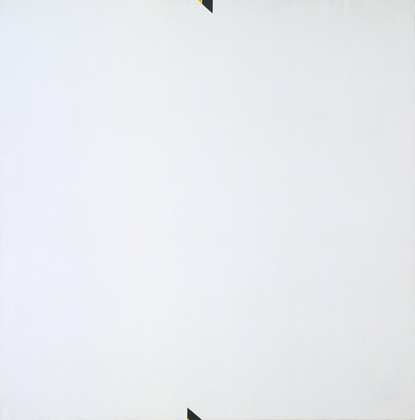
After class today, write at least 250 words summarizing your reading and our discussion of Marshall McLuhan’s “The Medium is the Message.” As a part of your writing, please include some examples from your own experience that explores how a given medium is the message over the content conveyed within that medium. Post your writing as a comment made to this blog post before our next class.
